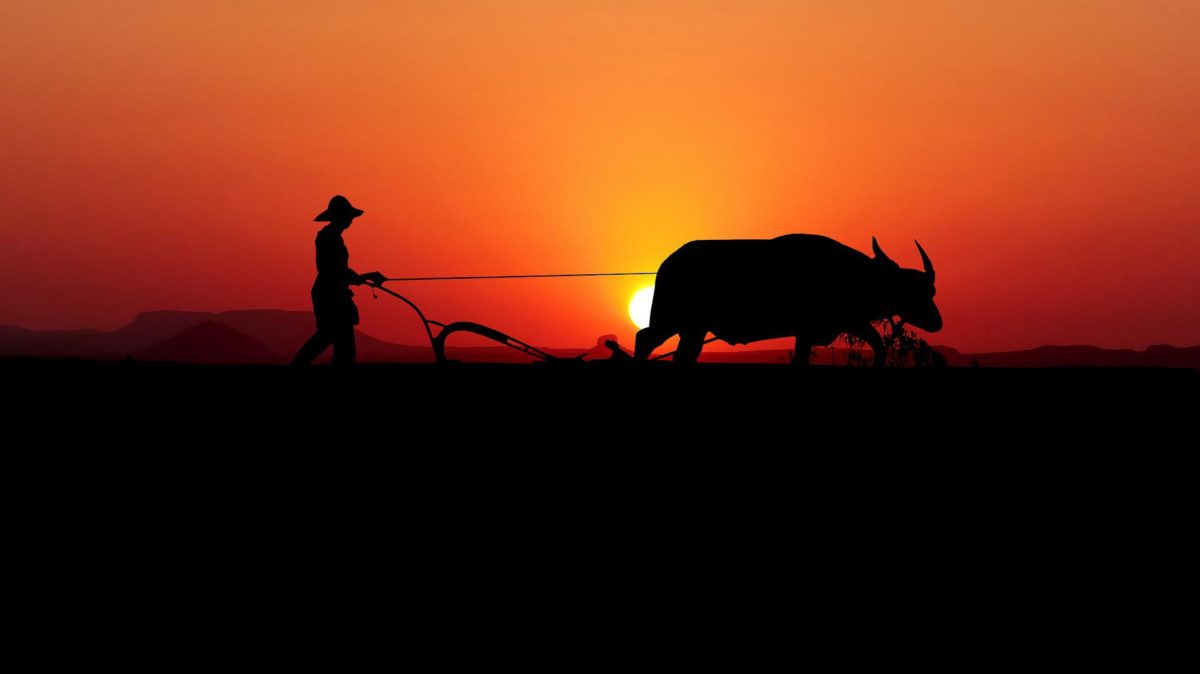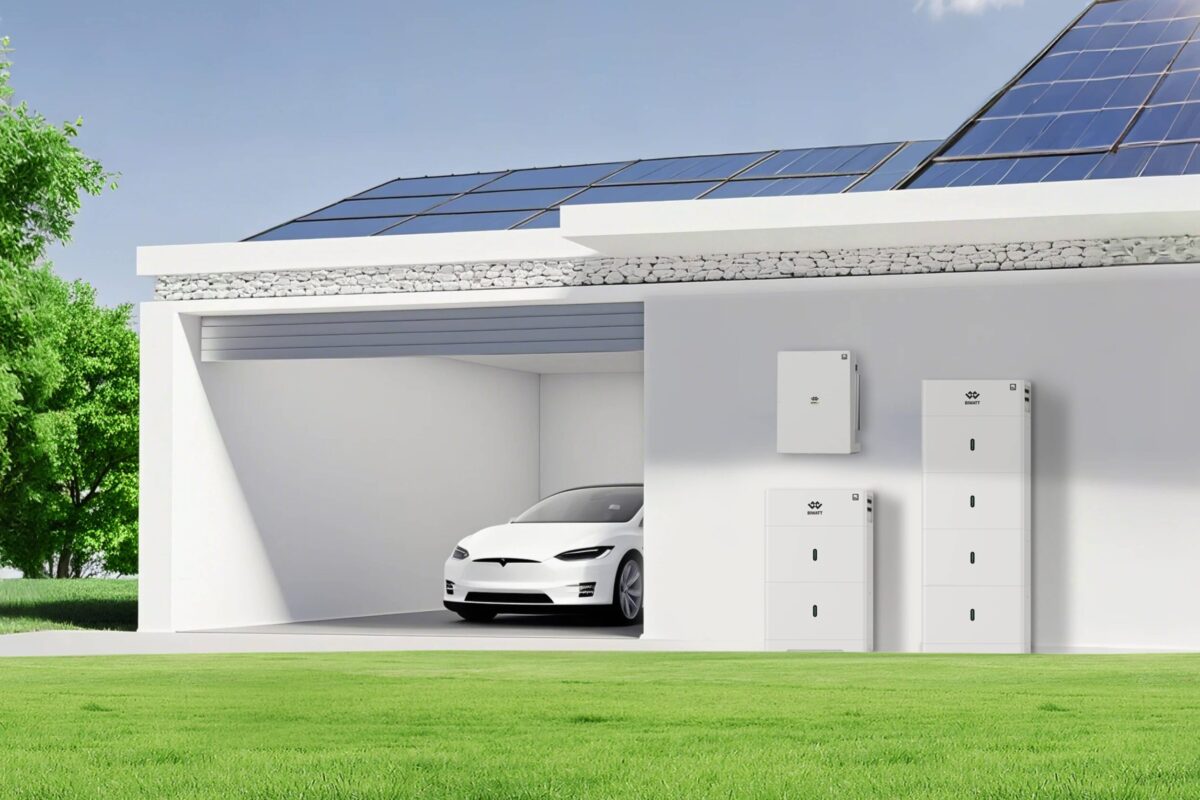Scientists from Bangladesh's East West University and United International University have developed a modeling framework to determine how agrivoltaic power plants could be deployed in rice fields.
“Our modeling should help policymakers and installers working on future agro-PV projects,” researcher Mohammad Ryyan Khan told pv magazine. “Very limited works have been carried out to date on agrivoltaics with major crops such as rice, wheat, corn, and maize.”
The researchers investigated the economic viability of bifacial agrivoltaic projects for the most common type of rice – Oryza sativa, which is also known as Asian rice. They focused on six locations: An Giang, Vietnam; Dhaka, Bangladesh; Jiangsu province, China; Damietta, Egypt; Rio Grande do Sul, Brazil; and Haryana, India. They considered location-specific weather conditions, PV system orientation, panel array row spacing, financing conditions, and the economic advantages of bifacial panels.
“For a given location and bi/monofacial panel array configuration, we find the time-varying irradiance on each point on the cropland and panel surface,” the scientists explained. “Since higher PV density penalizes the crop output of an agrivoltaic farm, we do a parametric analysis to find optimal row spacing to ensure the desired amount of rice production per unit of land area.”
Locations such as Damietta and Haryana are reportedly able to provide additional gains through higher energy yield, due to more favorable solar irradiance. The scientists found that financing conditions are also crucial in ensuring the economic viability of a project. They said that an agrivoltaic project for rice growth should ensure that at least 90% of the land is used for crop cultivation.
“We predict the net profit to be 22 to 115 times higher in AVs (with 90% rice yield constraint) compared to only producing rice in those land,” they explained.
The scientists described their methodology in “Agrivoltaics analysis in a techno-economic framework: Understanding why agrivoltaics on rice will always be profitable,” which was recently published in Advanced Energy.
“We are currently planning to set up a pilot facility and demonstrate its socio-economic impact,” Khan said. “We also want to create awareness and prospects for farmland owners in Bangladesh.”
This content is protected by copyright and may not be reused. If you want to cooperate with us and would like to reuse some of our content, please contact: editors@pv-magazine.com.




3 comments
By submitting this form you agree to pv magazine using your data for the purposes of publishing your comment.
Your personal data will only be disclosed or otherwise transmitted to third parties for the purposes of spam filtering or if this is necessary for technical maintenance of the website. Any other transfer to third parties will not take place unless this is justified on the basis of applicable data protection regulations or if pv magazine is legally obliged to do so.
You may revoke this consent at any time with effect for the future, in which case your personal data will be deleted immediately. Otherwise, your data will be deleted if pv magazine has processed your request or the purpose of data storage is fulfilled.
Further information on data privacy can be found in our Data Protection Policy.